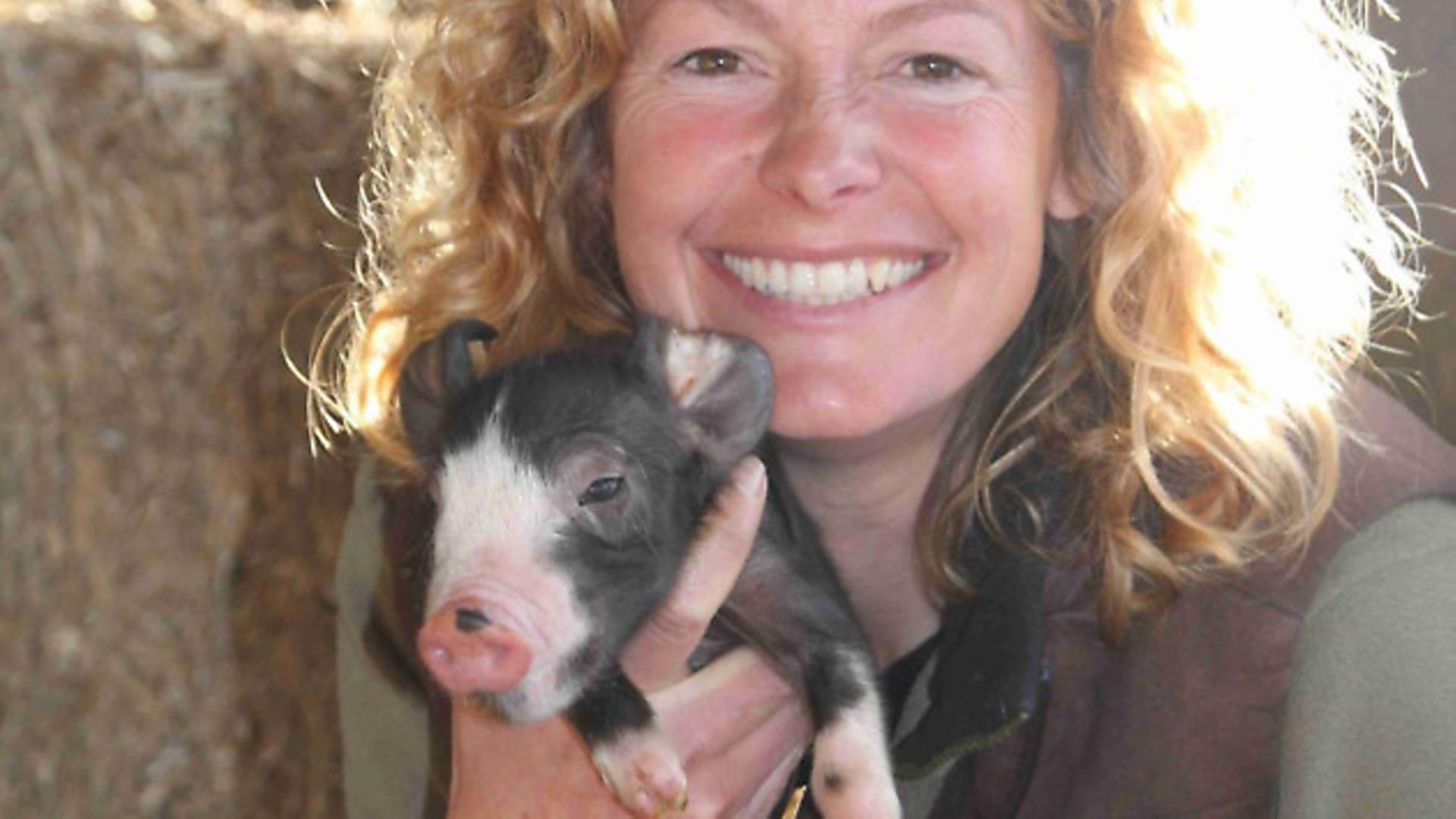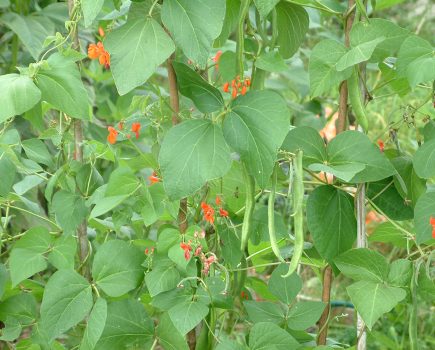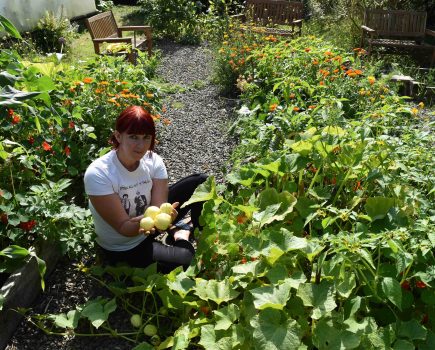Kate Humble always looks forward to the day her box of turkey chicks arrives

I have to confess I’ve never been a fan of turkey; so often dry, tasteless and unappetising and served up in an atmosphere of fraught, forced jollity. However, thanks to Liz Shankland, I have become rather fond the birds themselves and look forward to the weekend in late July when Liz appears at the farm clutching a box of cheeping chicks. Domesticated turkeys look very much like their wild descendants and the chicks look correspondingly wild too, with their striped down that would camouflage them beautifully had they been born in their natural woodland habitat.
It’s hard to believe that these little chicks, no bigger than those of a hen, grow into a bird that people struggle every Christmas morning to fit in their ovens. Our first year we only bought half a dozen, just to see how we would get on and knowing there were enough willing takers for them when the time came. We put them in a sheltered corner of a barn, in a lambing pen with a heat lamp in the corner. We have the solid recycled plastic lambing pens, and they have proved very useful for keeping young birds until they are big enough to go outside.
It became immediately obvious that turkeys are not blessed with much in the way of a brain. They are quite the most extraordinarily dim birds I have ever had any dealings with, except, perhaps, from ostrich, which really do have eyes bigger than their than brains. Turkey chicks think nothing of smothering themselves or drowning themselves and will prove ruthless if there is one weakling in the clutch, pecking at it ceaselessly and without mercy. With just six chicks this death wish was less apparent. When, the following year, we got braver and ordered two dozen, we realised very quickly not to promise turkeys to people too far in advance. Somehow, about half of them had managed to jump in the top of the feed hopper, get stuck and three of them had suffocated before we discovered them and came to their rescue.
They grow astonishingly quickly and are incredibly agile. We were nervous about putting them out when they were still quite small, but it was only very few weeks before they had outgrown the sheep pen and could jump out of it and find perches all over the barn. It was at about this stage that I also discovered what wonderful characters they are. They have a sort of teenage belligerence which is funny and infuriating in equal measure. A little later we took the plunge and decided to let them out into a field, with a large garden shed for shelter and electric netting to keep them in. We needn’t have bothered with the netting. ‘The turkeys have taken over the farm!’ Tim announced cheerfully when I arrived one morning, and sure enough they were strutting across the yard, looking for all the world as if they owned the place. If you are familiar with the artist Beryl Cook’s work, you will be able to picture her unmistakable portrayals of women; big and blowsy with a lascivious look about them. Our turkeys looked just like that – a clutch of women on a night out, brassy, brazen and emboldened by too many Bacardi Breezers. At least we can say they are genuinely free range!
The day came when the turkeys’ reign over the farm had to come to an end. They went to their new homes plucked, and oven ready and received rave reviews. However, we, somewhat unexpectedly, missed them and since that first year have looked forward to the summer days when the birds that are so synonymous with Christmas return to the farm.
————————–
Kate’s book about her smallholding life, ‘Humble by Nature’, is published by Headline.
It is priced £8.99 in paperback and £16.99 in hardback.
This article by Kate Humble is from the November 2014 issue of Country Smallholding.
Image(s) provided by:
Archant







